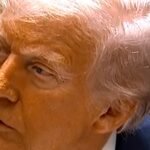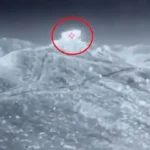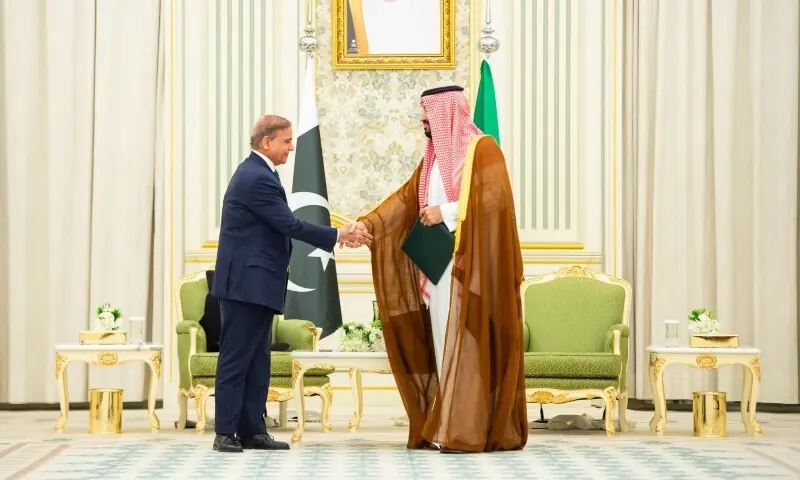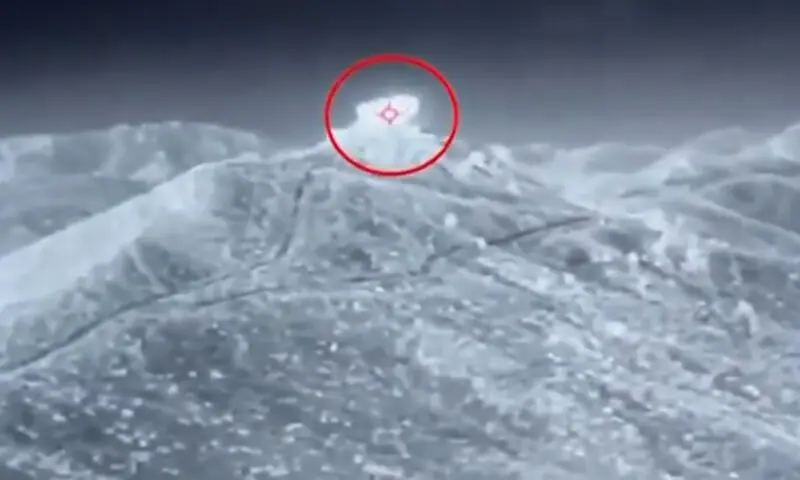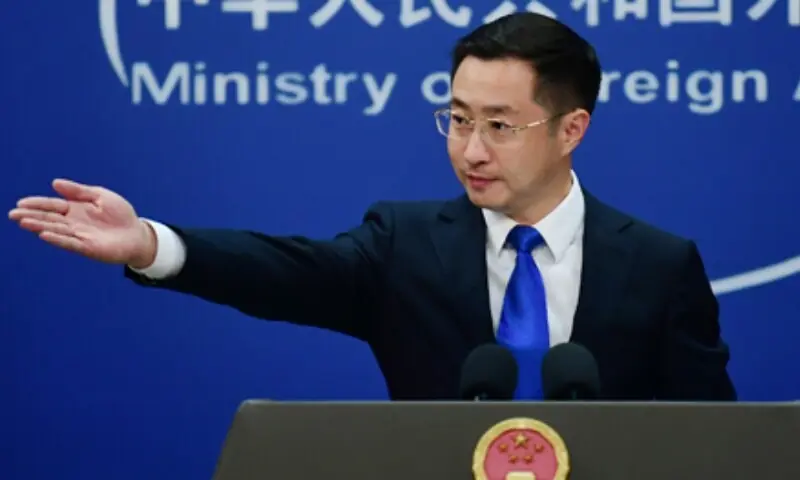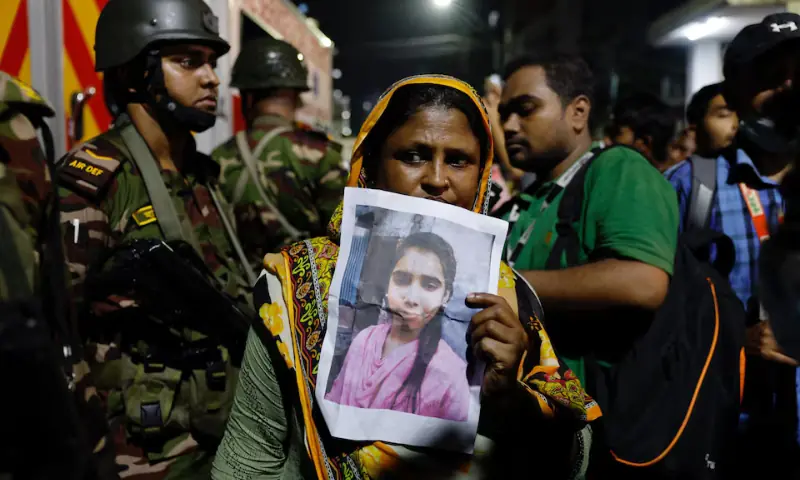The signing of a “strategic mutual defense agreement” between Pakistan and Saudi Arabia is seen as a moment of tectonic importance for the Middle East and southern Asia.
At first glance, it is a declarative pact, which contains a commitment to collective defense in the spirit of article 5 of NATO, from where the ACCORD practices language with respect to an attack on a partner that is considered aggression against both.
However, under the surface there is a deliberate ambiguity on the scope of this agreement, which implies strategic signaling.
The obvious sign is that Riad believes that US security guarantees are no longer the only coverage for his defense, and that he is prepared to institutionalize his own deterrence.
What is public is short and formal. The official statement only gave a brief description, saying that the agreement aims to “develop aspects of defense cooperation between the two countries and strengthen joint deterrence against any aggression.”
Riyadh will seek to benefit from the “operational and symbolic bite” of Pakistan’s military capacities
That measured phrasing is a diplomatic curtain, but conversations behind it have been everything but modest. Because the written text is opaque and probably deliberately ambiguous, the debate that followed, especially among Western experts, focused first on an explosive possibility, does this pact imply a Pakistani nuclear umbrella for Saudi Arabia?
A senior Saudi official, when the western media asked him if the pact could force Pakistan to provide such a guarantee, he said without surroundings: “This is a comprehensive defensive agreement that covers all military media.”
Saudi commentators amplified the involvement on television. The political analyst Muneef al-Harbi said: “All military media available on both sides will be used if necessary … Nothing is excluded, even the deterrent.”
These observations feed the speculation about the existence of a detailed clause of nuclear exchange because they show what the Riyadic media ecosystem itself and public intellectuals believe that the agreement must achieve.
Despite speculation in Western circles, Pakistan’s position on nuclear deterrence is very clear; Islamabad was obliged to develop nuclear capacity for self -defense and deterrence and is only destined to safeguard the country’s own sovereignty and territorial integrity, not for the extension to other states.
Western reaction
Even so, it is likely that Washington’s immediate reaction is alarm, tempered by a degree of calculation.
Like Christopher Clary, a scholar in the Stimson Center, he said Sunrise“The United States is not enemies with Pakistan or Saudi Arabia, but would probably see any explicit agreement of nuclear exchange with concern.”
The nuclear exchange and extended deterrence, in their opinion, are much more difficult in practice than in theory, so only time will say what stipulations the pact really implies. Whatever the eventual reality, the agreement has already changed the political conversation. Ambiguity seems, it is also a form of deterrence.
The Saudi side has also been quite explicit on the most conventional construction blocks of the pact.
As Jamal Al-Harbi, the fixation of the press at the Saudi Embassy in Islamabad, wrote in the Arab news: “The newly signed agreement aims to expand military cooperation at multiple levels. The key elements include joint military exercises to improve operational preparation and interoperability, the exchange of intelligence to counteract emerging threats, particularly terrorism and transverse insurgences.”
“In addition, it includes the collaboration of the defense industry, with potential for the transfer of technology and the co -production of military equipment, as well as the development of capacities and training, based on the long -standing tradition of the Pakistani military personnel who work with the Saudi forces. There is the possibility of mutually beneficial industrial associations in emerging security fields such as cyber security fields, drone technology and space defense systems.”
Said clearly, the covenant is not simply a rhetorical shield.
If the partners continue with the joint planning, the standards of interoperability, the merger fusion and the defense-industrial links, the result would be the most significant rearquitecture of the gulf safety since the United States base network was built after 1990.
Whether it becomes an integrated command and an operational reality with rotational implementations, contingency plans previously negotiated and shared logistics will determine whether it is a heavyweight security alliance or a expensive theater piece.
Treaty or agreement?
The document label, an “agreement” instead of a “treaty”, has thrown an argument on the legal force.
Ahmer Bilal Soofi, president of the International Law Research Society. Sunrise That the Vienna Convention provides a simple evidence: article 2 defines a treaty as “an international agreement concluded between the states in written and governed by international law … whatever its particular designation.”
By that standard, the shape and substance matter more than the label. If the parties intend binding commitments and write them, the instrument acquires the legal nature of a treaty, regardless of what a holder calls it.
Who intends to deter?
Time explains a lot. The firm followed the high profile Israeli attacks in Doha and occurs in the midst of a broader sense in the gulf capitals that the United States may not be the automatic guarantor that once was. Riad’s public position is that the pact is not aimed at any unique state; In private, the message is unmistakable.
Whatever the main object of Riad’s deterrence; Either Tehran, Tel Aviv or a broader effort to project power in disputed theaters, the covenant can remodel the balance of power in the Middle East, especially because Pakistan’s conventional and nuclear capabilities carry a symbolic and operational bite.
That short symbolism in both directions. For Islamabad, the PACT Cements Pakistan’s statement to be more than a regional player. For Riad, validates a strategic coverage strategy to maintain US ties while deepening relations with Islamabad, China and Russia.
To quote Muneef al-Harbi: “Saudi Arabia does not replace a strategic partner with another. Expand their associations: with the West, with China, with Russia. The agreement with Pakistan fits this pattern.”
The problem of India
The new alignment could also put Riad in an awkward position with New Delhi. India has constantly worked to cultivate Riyadh to obtain energy, trade and diplomatic support and would not welcome an explicit security connection between its main energy supplier and its strategic rival.
The New Delhi public line on the signing of the agreement is that “it will study the implications.” This captures Delhi’s dilemma on how to preserve commercial ties without neglecting a changing security calculation that can
Now they require defensive reasvaluations. “In southern Asia, it can increase the caution of India when dealing with Pakistan,” warned the media of the Saudi embassy.
An ‘Islamic NATO’?
This is something that has been theorized for a long time. Past Saudi efforts, such as the 2015 terrorism coalition, against terrorism, proved to be more symbolic than operational.
But the last pact is different precisely because it links the language of collective defense to concrete cooperation.
Brig Faisal Al-Hamad suggested: “At this time, it is bilateral, but do not forget that Saudi Arabia already has a joint defense pact with the CCG. Adding Pakistan seven countries ago. Soon we can see this expansion. At least, it is the strongest step so far towards an Islamic strategic alliance.”
Muneef al-Harbi went further, arguing that “this restructuring pact regional security: does not stop at Riyad and Islamabad. Other countries can join this Saudi-Pakistani track.”
Whether Egypt, Türkiye or others register, they will turn on politics, prestige and if the capitals prefer loose security networks or binding commitments.
Posted in Dawn, September 19, 2025
